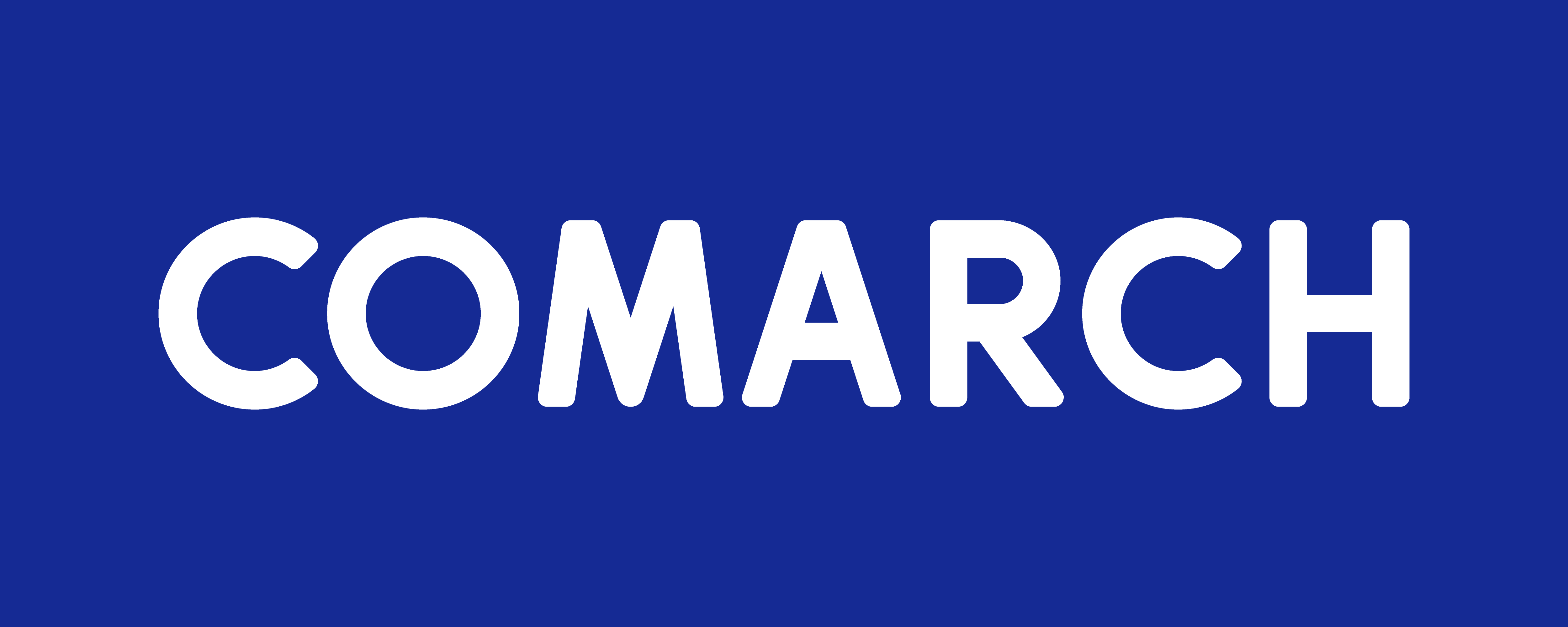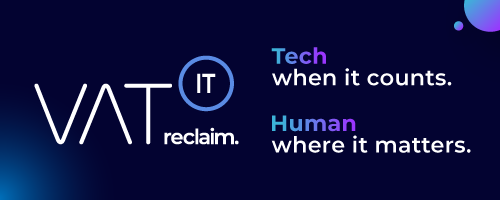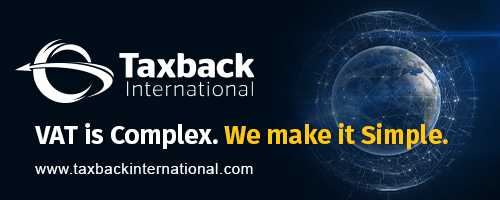Quick overview
| Standard Rate | Other Rates |
| 21% | 5% and 12% |
The local name for VAT in Latvia is Pievienotās vertības nodoklis (PVN).
Recently, we saw some updates in Latvia about 0% for medical supplies to combat Covid-19, a call for reducing VAT on Latvian literature and mass media to 5%, as well as the need to keep VAT low for fresh fruits, berries and vegetables. For more information about (recent) rate change developments in Latvia, please click here.
Standard rate: 21%
This is in place since 1 July 2012. Before that, the standard rate was 22%. This rate applies for all transactions that take place in Latvia, unless an exception applies (such as a reduced rate, the zero rate or an exemption, or a reason to treat the transaction as outside scope of VAT).
Zero rate (0%)
Latvia applies various exemptions with a refund of tax paid at preceding stages (zero rates), such as intra-Community and international transport, intra-Community supplies of goods, exports of goods (and related services) to non-EU countries, sea vessels and aircraft and related goods/services, and services to goods and goods under customs control.
Reduced rate 1: 5%
Examples of transactions subject to this rate are:
- Fruit, berries and vegetables, fresh, peeled, shelled, cut and packed but not cooked or otherwise prepared (e.g. frozen, salted, dried) referred to in the Annex to Value Added Tax Law.
Reduced rate 2: 12%
Examples of transactions subject to this rate are:
- Specialised food products intended for infants.
- Medicinal products: a) registered in accordance with the registration procedure of the European Agency for the Evaluation of Medicinal Products; b) included in the list of medicinal products registered in the Republic of Latvia; c) for which the relevant permit of the State Agency of Medicines is issued; d) the registration of which is not necessary in accordance with the laws and regulations in the field of pharmacy.
- Supply of medical devices (also complementary parts, spare parts and accessories thereof) if they have been placed on the market in accordance with the procedures laid down in the laws and regulations regarding the registration of medical devices, and they are usually used for the treatment or relief of functional body disorders, as well as are intended only for individual use by persons with functional body disorders.
- Certain transport of passengers
- Supply of school literature and original literature issued in the form of printed publication or electronic publication (literary works – fiction, children’s literature, scientific and popular science literature, reference literature, religious literature, literary memoirs – and their translation), except the supply of the abovementioned literature online or via download.
- Newspapers in the form of printed or electronic publication issued not less than once in three months whose one-off circulation exceeds 100 copies (except for the supply of the abovementioned periodical publications online or by downloading them, publications of erotic and pornographic nature and publications whose thematic content and task is advertising or commercials).
- Magazines, newsletters and other periodical publications in the form of printed or electronic publication issued not less than once in three months whose one-off circulation exceeds 100 copies (except for the supply of the abovementioned periodical publications online or by downloading them, publications of erotic and pornographic nature and publications whose thematic content and task is advertising or commercials).
- Hotel accommodation
For a description of how the VAT rates are structured in the European Union, please see here. The European Commission has also made an EU VAT rate database available where you can find the applicable VAT rate by entering the CN/CPA code of the goods respectively services (you can find more information here).
A global VAT/GST rate overview can be found here (note this is a work in progress).
This post was last updated on 10 April 2021.















